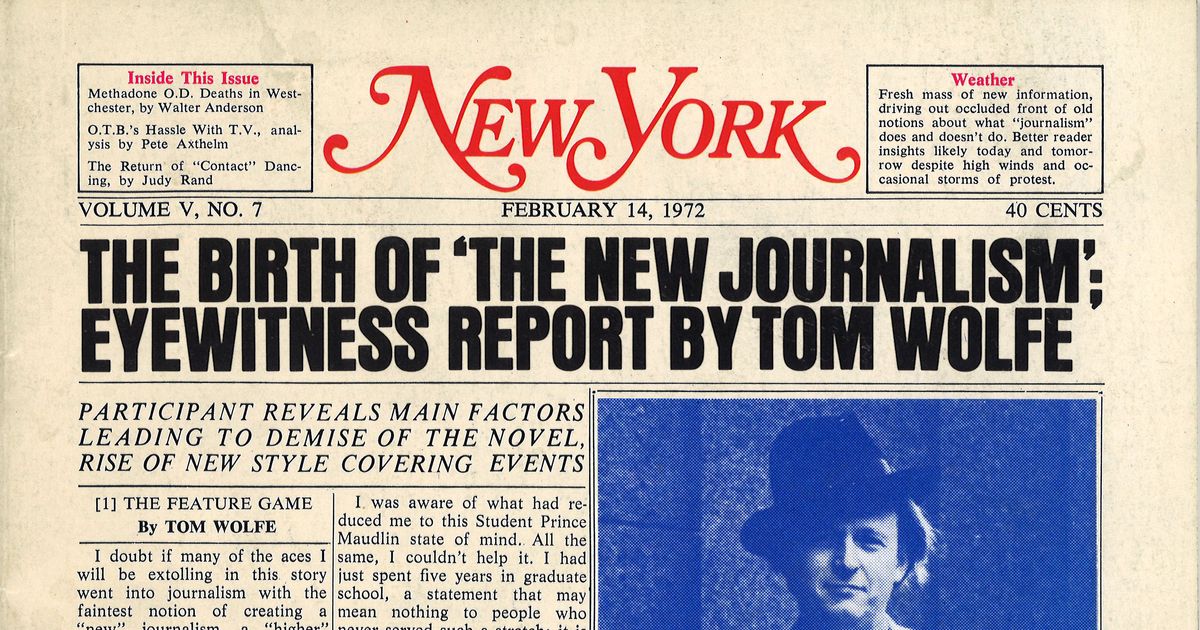The Basic Principles Of News Articles
The Basic Principles Of News Articles
Blog Article
An Unbiased View of News Articles
Table of ContentsHow News Articles can Save You Time, Stress, and Money.5 Easy Facts About News Articles DescribedNews Articles Fundamentals ExplainedThe News Articles PDFsThe Best Strategy To Use For News Articles
Good knowledge of various subjects gives students an one-upmanship over their peers. Also though electronic and social media sites are conveniently obtainable, we must not fail to remember how important it is to review the newspapers. Parents must try and instill the behavior of checking out a paper as a day-to-day routine to continue the heritage of the revered print medium.Information stories additionally include at least one of the adhering to crucial characteristics relative to the intended audience: distance, importance, timeliness, human rate of interest, quirk, or effect.
Within these restrictions, information stories likewise aim to be thorough. Amongst the bigger and a lot more recognized papers, fairness and equilibrium is a significant element in presenting details.
Newspapers with a worldwide audience, for example, have a tendency to make use of a much more official style of creating. News Articles.; typical design overviews consist of the and the United States Information Style Publication.
A Biased View of News Articles
As a rule, journalists will certainly not make use of a lengthy word when a brief one will do. News writers try to avoid making use of the same word much more than when in a paragraph (occasionally called an "resemble" or "word mirror").
Headings in some cases omit the topic (e.g., "Leaps From Watercraft, Catches in Wheel") or verb (e.g., "Feline woman lucky"). A subhead (additionally subhed, sub-headline, subheading, caption, deck or dek) can be either a subservient title under the major headline, or the heading of a subsection of the short article. It is a heading that comes before the major message, or a group of paragraphs of the major message.

Additional billboards of any of these kinds may appear later in the article (particularly on succeeding pages) to entice additional analysis. Such billboards are likewise utilized as pointers to the short article in various other areas of the magazine or website, or as advertisements for the piece in other magazine or sites. Typical framework with title, lead paragraph (recap in strong), various other paragraphs (details) and call details.

Instance of a hard-lead paragraph NASA is proposing an additional space job. The budget demands around $10 billion for the project.
The NASA news came as the company requested $10 billion of appropriations for the task. An "off-lead" is the second essential front web page news of the day. The off-lead shows up either in the top left edge, or straight below the lead on the. To "bury the lead" is to start the write-up with history details or information of secondary value to the viewers, forcing them to find out view more deeply right into a write-up than they must have to in order to uncover the vital points.
How News Articles can Save You Time, Stress, and Money.
Usual use is that or more sentences each create their own paragraph. Reporters typically describe the organization or framework of a newspaper article as an upside down pyramid. The important and most fascinating aspects of a tale are placed at the start, with supporting info following in order of decreasing value.
It permits individuals to check out a topic to only the depth that their interest takes them, and without the charge of details or nuances that they might take into consideration irrelevant, however still making that info available to a lot more interested viewers. The upside down Bonuses pyramid framework also allows posts to be cut to any kind of approximate length throughout design, to suit the space readily available.
Some writers begin their stories with the "1-2-3 lead", yet there are many kinds of lead readily available. This layout invariably begins with a "5 Ws" opening up paragraph (as described above), followed by an indirect quote that offers to support a major component of the initial paragraph, and after that a direct quote to support the indirect quote. [] A kicker can describe multiple points: The last tale current broadcast; a "satisfied" story to end the show.
Longer articles, such as publication cover write-ups and the pieces that lead the within sections of a paper, are called. Attribute tales vary from straight news in several ways. Foremost is the lack of a straight-news lead, many of the time. Instead of offering the essence of a story up front, function writers may attempt to tempt readers useful source in.
The 10-Minute Rule for News Articles
An attribute's first paragraphs commonly connect a fascinating moment or occasion, as in an "anecdotal lead". From the particulars of a person or episode, its sight rapidly expands to abstract principles regarding the tale's subject.
The Editor's Tool kit: A Reference Overview for Beginners and Professionals (2001) Allan M. Siegal and William G. Connolly. The New York Times Handbook of Design and Use: The Official Style Guide Used by the Writers and Editors of the World's Most Authoritative Newspaper (2002) M. L. Stein, Susan Paterno, and R.
Report this page